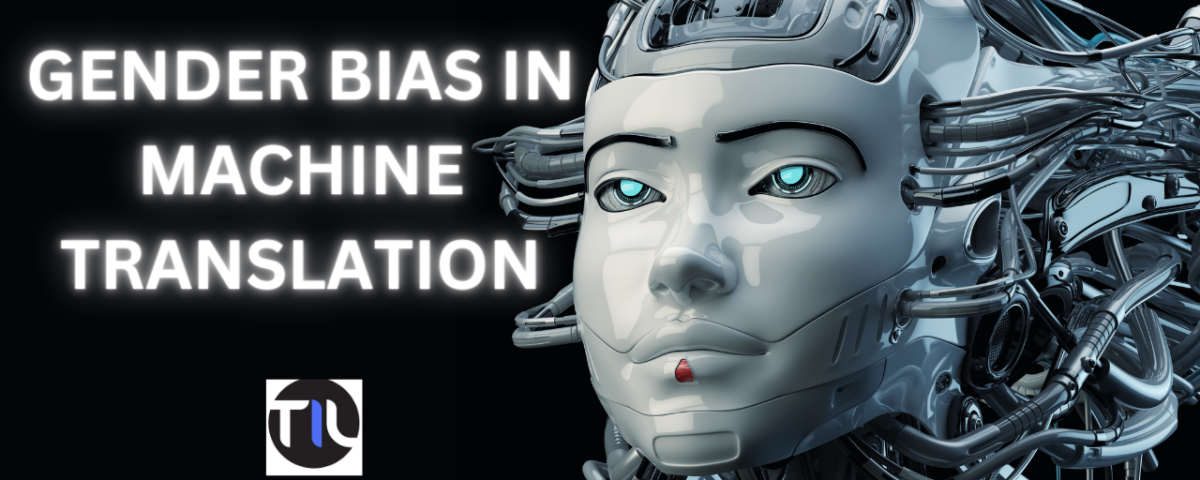What is Machine Translation (MT)
As the demand for quick and reliable translation increases alongside the evermore connected world, the temptation to rely solely on machine translation is becoming more prominent.
But what is machine translation?
To put it simply, machine translation is when a translation is carried out entirely by a computer, with little to no input from a human. If you would like a more in-depth overview of machine translation, our previous blog on the subject will cover all that you need to know (Machine Translation….. What is MTPE? | TranslationsInLondon).
Benefits of machine translation (MT)
Machine translation brings forth a multitude of advantages. Firstly, it enables efficient translation, facilitating global communication and business transactions. It enhances accessibility, making information available to a wider audience and bridging linguistic gaps in education, entertainment, and legal systems. Machine translation also fosters cultural exchange and understanding by enabling people to engage with diverse content and perspectives. Moreover, it saves time and resources by automating translation processes, reducing the need for human translators in certain contexts. Whilst definitely flawed, machine translation continuously improves through advancements in AI, promising even greater accuracy and usability in the future.
How is Bias Formed in Machine Translation?
Machine learning algorithms are created by humans, and the machine then uses the patterns found in that data to perform the translation task.
In theory, this is a very efficient and less expensive way to complete a translation project. However, this means that biases or stereotypes that are ingrained in the society of the person who created the source data will become a prominent part of the machine’s translation.
Additionally, there is the risk of the data being too limited. For example, if the data uses one gender more frequently in a neutral context, the machine will then associate this context with a specific gender. This will be described in more detail with examples in the following section.
So, the training texts for the machine can be limited in gender diversity across contexts as a result of the influence of human society.
Why is Addressing Gender Bias in Machine Translation Important?
Gender bias in machine translation can lead to significant issues during the translation of documents or projects. This becomes especially crucial when translating from a language that lacks specific gendered words (e.g., English) into a language that employs gendered terms (e.g., French). The machine’s reliance on gender biases present in the source language can result in misgendering terms, causing confusion for the client.
Moreover, when personal names are involved, there is a risk of mistaken gender attribution. This is particularly concerning when translating medical documents. First names, more so than surnames, can create confusion regarding an individual’s gender due to biases associated with specific names or when the name is gender-neutral (such as Taylor). In cases where the gender of a person is integral to the translation, relying solely on machine translation can lead to inaccuracies in the final result.
Furthermore, there is significant evidence highlighting a pronounced gender bias or imbalance in the translation of professions. For instance, when the source document refers to a “doctor,” it is more likely to be followed by the pronoun “he” rather than “she.”
Addressing gender bias in machine translation is vital to ensure accurate and inclusive translations that avoid misgendering, uphold professionalism, and promote gender equality in language use.
What Can Be Done to Address Gender Bias in Machine Translation?
- Carefully curated training data: Data sets used for training machine translation models should be thoughtfully curated to ensure a balanced representation of gender. This entails including diverse examples that accurately reflect the nuances and variations in gender roles, identities, and language use. Human involvement in data curation can provide better awareness of cultural nuances and help mitigate biases.
- Refinement of algorithms: Continual refinement of machine translation algorithms can play a crucial role in identifying and correcting biased translations. Collaboration between linguists, translators, and AI experts can help develop methods to detect and rectify gender bias, ensuring more accurate and fair translations.
- Research and development: Ongoing research is essential to further understand and address gender bias in machine translation. Researchers can explore innovative techniques and methodologies to reduce biases and improve the overall quality of translations.
- Transparency and accountability: Promoting transparency in machine translation systems is crucial. Developers and organizations should make efforts to disclose information about their translation models, data sources, and potential biases. Additionally, establishing mechanisms for accountability can encourage responsible development and deployment of machine translation systems.
- User feedback and evaluation: User feedback and evaluation of machine translations can provide valuable insights into identifying and rectifying gender biases. Encouraging users to report biases they encounter and actively incorporating their feedback can help improve the overall quality and fairness of machine translations.
There are several approaches to address gender bias in machine translation:
By implementing these measures, we can strive towards creating more inclusive and unbiased machine translation systems that respect gender diversity and provide accurate translations for all users.
In conclusion, MTPE (Machine Translation Post-Editing) plays a vital role in ensuring high-quality and accurate translations in today’s fast-paced and interconnected world. While machine translation has made significant advancements in recent years, it still falls short in fully capturing the nuances and complexities of human language.
That’s where the importance of human involvement through editing machine translation becomes evident. Editing machine translations allows for fine-tuning, refining, and enhancing the output to align it with the desired level of quality and accuracy. It brings a human touch to the process, enabling the incorporation of context, cultural nuances, and domain-specific expertise.

